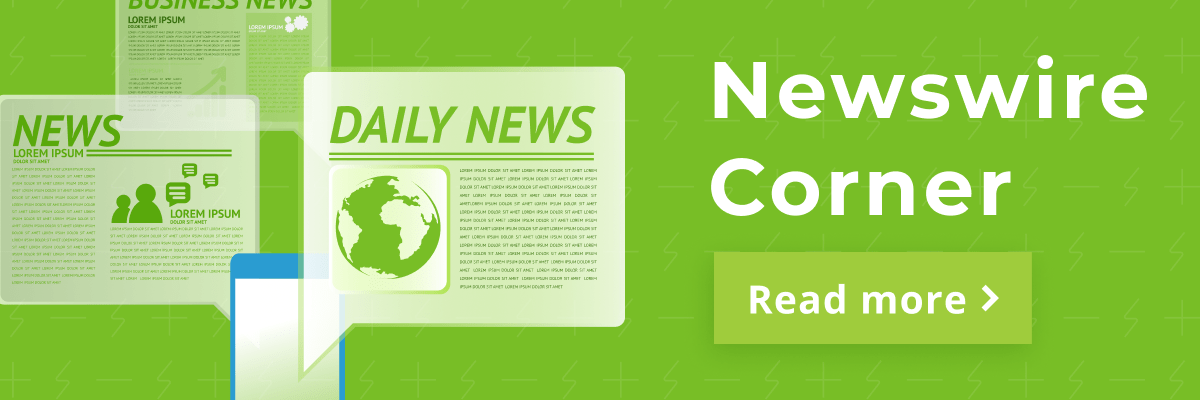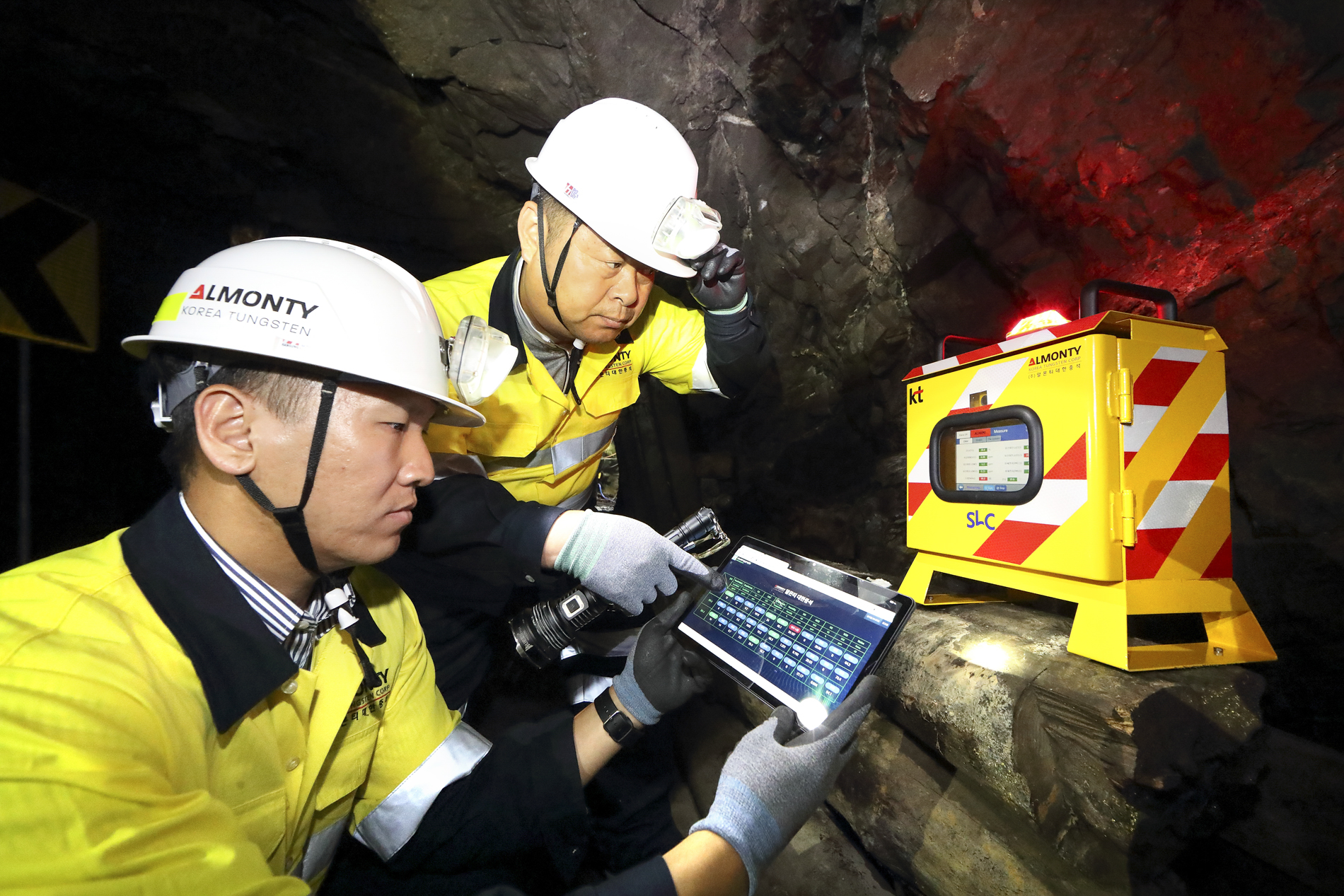Sign up for daily news updates from CleanTechnica on email. Or follow us on Google News!
As the energy transition accelerates, the clean energy buying market is also benefiting from some much-needed innovation.
The imperative to drive greater carbon emissions reductions in the power sector has exposed the need for more precise deployment and tracking. Because the grid is not uniform — some states/regions are further along in decarbonizing than others — simply buying clean energy is no longer sufficient.
That’s why WattCarbon, a climate tech software company focused on clean energy buying, launched its new marketplace. It’s the first platform where customers can see the carbon impact of their purchases, tracked to the hourly level. What’s more, it’s also the first platform to include smaller-scale distributed energy resources (DER), like rooftop solar, heat pumps, and batteries.
“If we’re going to be serious about decarbonization, we need to make high-impact clean energy buying accessible to anyone,” said McGee Young, WattCarbon’s CEO. “For too long, annual average RECs have been the only option for most sustainability teams. We’re now giving them a platform to have a demonstrable impact.”
Scaling DERs can make a significant dent in carbon emissions, particularly from the built environment. Roughly 31% of total emissions in the US stem from electricity and heating/cooling in homes and businesses. Rapidly deploying DERs to better manage electricity, replace fossil fuel heating, and produce clean power can make a sizable difference.
A Princeton study released earlier this year found that the most common ways of purchasing clean energy are having little effect on long-term carbon emissions. The key, they find, is to deploy clean energy at a time and place where fossil fuel-generated power would have otherwise been used, an approach known as hourly matching.
The catch? Up until this point, there was no system for tracking clean energy purchases down to the hour and getting a transparent, verifiable impact statement (in this case, emissions saved or avoided).
WattCarbon will work with a range of clean energy suppliers to deploy more distributed resources and help lower costs for its customers. Companies like Branch Energy, which is deploying batteries in Texas to reduce peak carbon emissions and provide climate resilience, can now monetize both the energy benefits and the environmental benefits. Solar Holler, a company on a mission to deploy solar power in the Appalachian communities that need it most, can now list those projects on WattCarbon’s marketplace — enabling companies to invest, which in turn reduces customer costs and accelerates solar deployment. And BlocPower, a company working to install heat pumps in low income communities, can create new funding opportunities for corporate clean energy buyers to help scale these critical solutions.
Every purchase on WattCarbon’s marketplace will be validated with an Energy Attribute Certificate (EAC), showing the exact time and place it was deployed, along with the carbon intensity of the grid at the time. This granular level of detail and transparency is essential for companies looking to increase their climate impact by purchasing clean energy.
Simply reporting environmental impact is no longer sufficient — companies have to demonstrate they are taking meaningful steps to tackle climate change by effectively deploying clean energy to cut emissions. WattCarbon’s marketplace is an encouraging sign that climate tech is building the tools needed to carry clean energy buying into the future.
Have a tip for CleanTechnica? Want to advertise? Want to suggest a guest for our CleanTech Talk podcast? Contact us here.
Latest CleanTechnica.TV Videos
CleanTechnica uses affiliate links. See our policy here.





